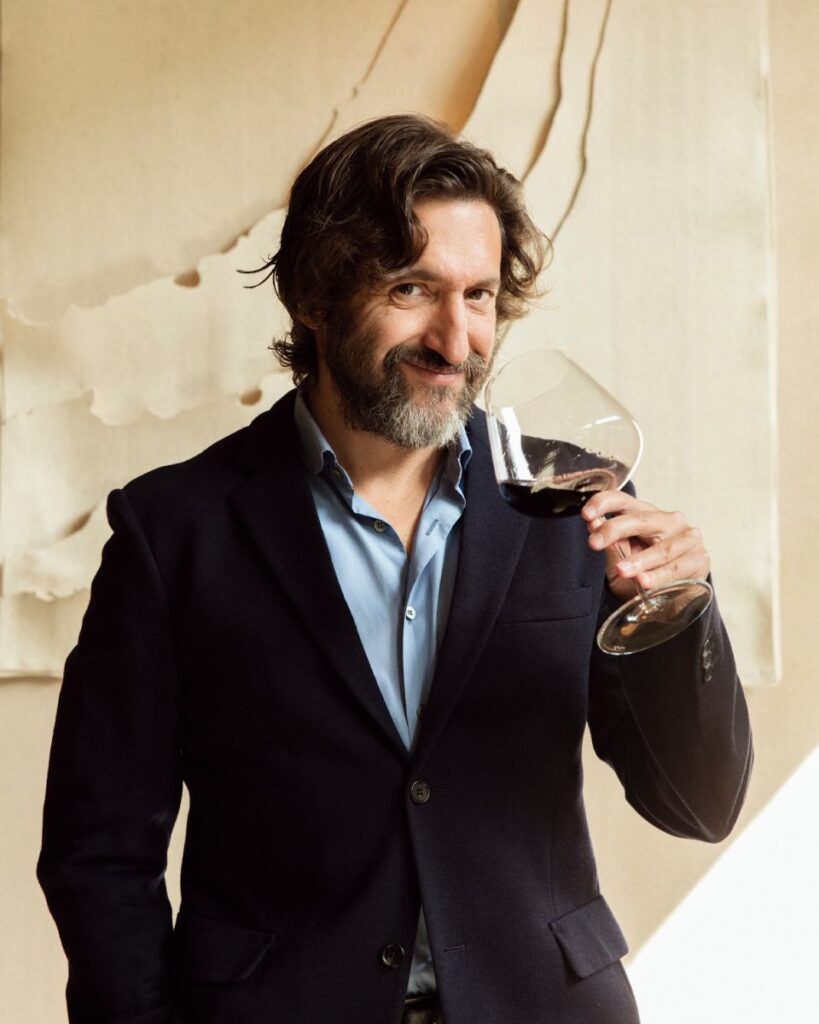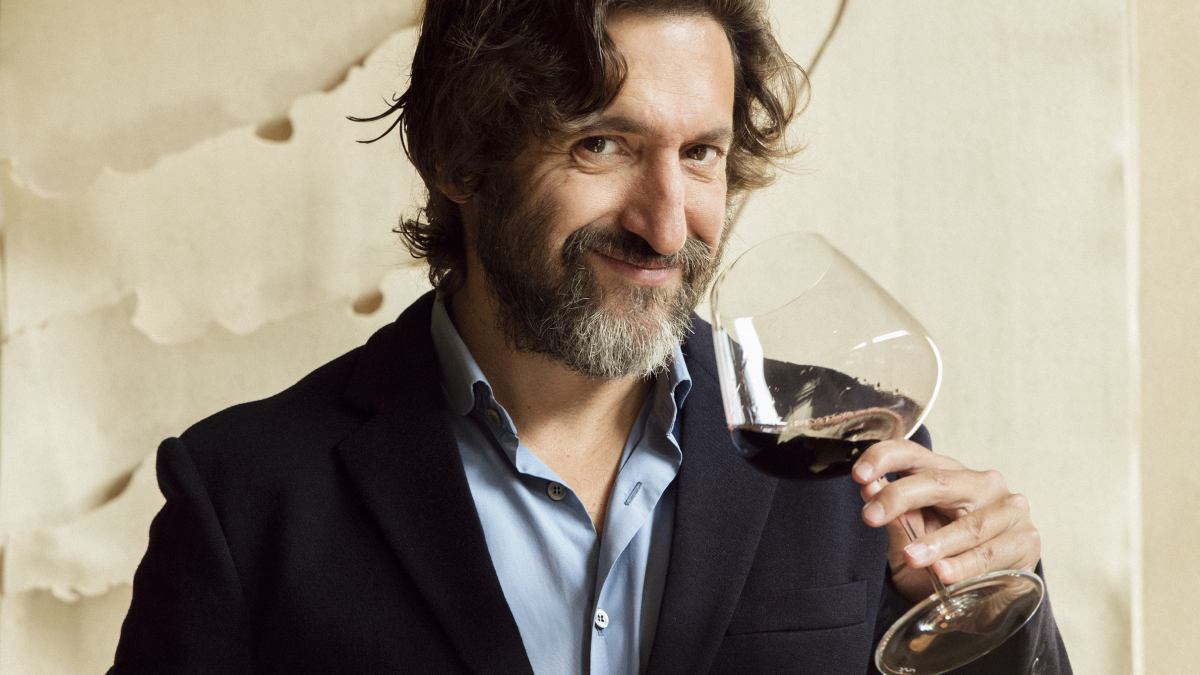Click here to read the Spanish version.
Remírez de Ganuza‘s projection is beyond logic. Shaken by the pandemic, the winery led by José Ramón Urtasun achieved record sales in 2021 and 32 percent growth the following year. In addition, in 2022 it managed to sell a whopping 50,000 bottles for over €50, a milestone so far only reached in Spain by Vega Sicilia. Its latest project is Iraila, a 100% old Garnacha wine from small plots, of which only 900 bottles have been made (and only 600 have been released).
How was this new reference of the winery born?
In the most natural way possible. Jesús [Mendoza, the winery’s winemaker] and I were in the yard, receiving a truckload of graciano grapes during a harvest, and we started to fantasize about what it would be like to make a 100% single-varietal graciano, without affecting the Remírez. Then Jesús said: “Well, I don’t know about graciano, but with garnacha we could make a single varietal that would be worthwhile”. We were looking for a very pure and very fresh Grenache. We were not looking for an overripe garnacha, as there are many in Spain, we were looking for freshness. But as there are two small plots, they don’t give us much, and now everyone is angry because there are so few bottles!
The winery has experienced an incredible growth. What role does the international market play?
Indeed, we have been growing in a way that is out of the ordinary, very fast and very consistently for several years. I think that still, being a small winery, we have an uneven recognition in the world. In Spain, and especially among professionals, we are very well known. But there are always people who have neither heard of us nor tasted our wines. This happens more abroad. There are many parts of the world where we are still largely unknown, while in others it is the other way around: we have a very solid market that works very well.
The United States, for example?
It’s incredible there. What happens is that we are small and it is more difficult to make yourself known. But the reception when I travel to the U.S…. is the most positive I have ever seen. It’s impressive, because Americans have the virtue of being very quick to decide. If they like it, they immediately tell you. In almost one hundred percent of the places I visit, I leave with a purchase order. And that’s a wonderful thing when you’re selling.

There is a lot of talk now about the digitalization of the field as one of the great challenges of the sector. How do you face it?
Step by step and carefully. Although we are at the forefront in many things and we have innovated in many others, but since we are small, we are not planning to be at the forefront in matters that require restructuring and a very important investment in state-of-the-art technology. Perhaps we have been innovative in processes, but not so much in technology. The winery is still very manual and very, very artisanal. It is certainly a very interesting topic, but I think there are others that must take the first steps for us to take when we are a little more confident.
The impact of climate change is also affecting many wineries. Do you fear that the reduction in production will affect the price of your wines?
You know that most of the wines we make are for aging, they take many years to be on the market. That’s why I don’t see the immediate need to affect a short vintage, as it does if you are selling young wines, for example. A reserva takes approximately seven years to come to market and a gran reserva, ten. This gives us a very important margin to balance the numbers.

